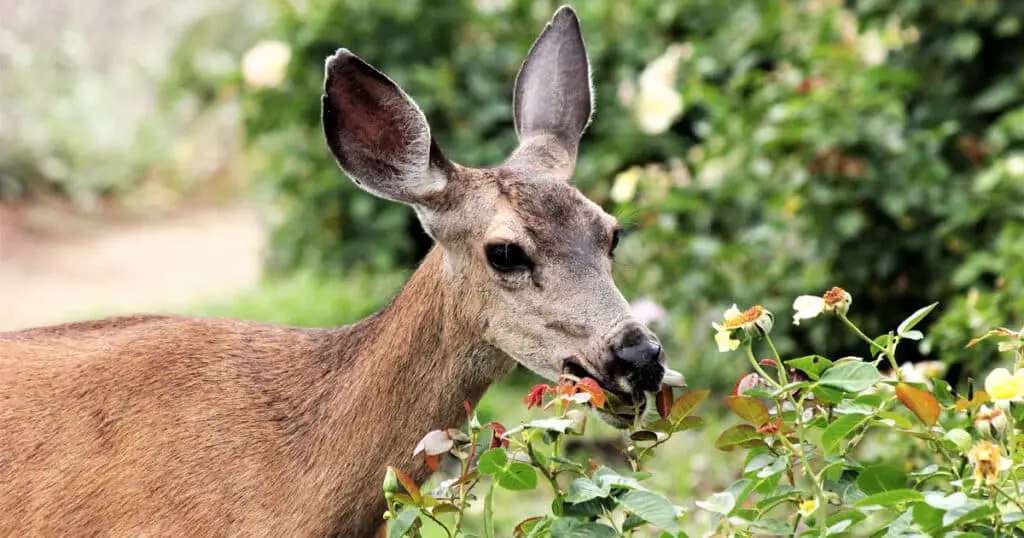Do you live in an area with a deer population? It’s certainly not unusual for deer to venture onto private property to munch on plants and flowers. If you’ve had problems with deer demolishing your garden, think about planting flowers that deer hardly ever eat. Keep reading to learn the answer to the question, what flowers do deer not eat?
While deer are herbivores, and enjoy eating a variety of plants, there are many flowers that deer never or rarely consume. These animals have an excellent sense of smell, and they know the contents of your garden before they get there.
There’s a long list of flowers that deer don’t eat. Some of the most popular types of flowers deer will not eat are daffodils, lavender, Virginia bluebells, verbena, black-eyed susans, and peonies. Keep reading to find a longer list of deer-resistant flowers.
List of Flowers Deer Don’t Eat
Table of Contents
ToggleIn general, deer dislike heavily fragranced flowers. They especially hate sweet smells, such as the smell of peonies.
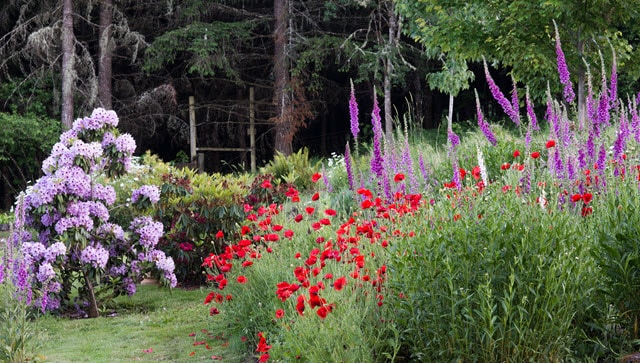
Additionally, flowers that are toxic to deer will usually also keep them away, as they will instinctually avoid them. Deer also dislike flowers containing acrid sap, and they dislike the texture of plants with “hairy” leaves, and will avoid eating them.
Flowers that deer don’t eat include:
- Daffodils
- Lavender
- Virginia Bluebell
- Verbena
- Black-eyed Susan
- Peonies
- Iris
- Veronica
- Blanket flower
- Baptisia
- Coreopsis
- Geraniums
- Lilacs
- Winter aconite
- Bleeding hearts
- Vinca
- Coneflower
- Poppy
- Corydalis
- Lungwort
- Aster
Let’s take a detailed look at some of the most popular choices of deer-resistant flowers: daffodils, lavender, Virginia bluebells, verbena, black-eyed susan, peonies, and iris.
Daffodils
Daffodils flower in the spring and they boast brightly colorful yellow blooms. Deer know by instinct that daffodils are toxic and they will avoid eating them.

As well as yellow, daffodils are available in other color varieties such as pink, coral, orange, and white.
Deer aren’t the only animals that will avoid daffodils. In fact, voles, squirrels, and mice hate these flowers, too.
You should usually wait for the fall before you plant your daffodil bulbs. Deer know by instinct that daffodils are toxic and they will avoid them.
It’s the lycorine, an alkaloid chemical, in daffodils that deer detest. It’s also poisonous to cervids. If you live between zones 3 and 8, your daffodils should grow as perennials.
This applies to other mammals too, so be careful if you have pets.
Lavender
This perennial herb thrives in full sun. Lavender is well-known for being a deer-resistant perennial. Other advantages of having lavender in your garden are its delightful scent and lovely appearance.
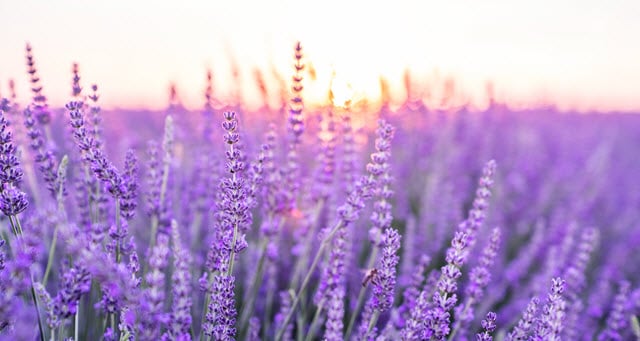
While it’s most common for lavender to have purple flowers, you can find varieties in pink, blue, or even white. If you live anywhere in USDA hardiness zones 5 through 10, your lavender will grow as a perennial.
The easiest method for growing lavender is planting cuttings from an existing plant. It’s much more difficult to attempt to grow this plant from seed.
There are two reasons lavender is deer-resistant. The first is the sap found within the plant. The other is lavender’s strong fragrance.
As we touched on earlier, deer dislike strong smells, even ones that we find pleasant.
Virginia Bluebells
The Virginia bluebell plant is a perennial classified as a wildflower. It is found in eastern parts of the United States, and it’s widely recognized as a plant that deer stay away from.
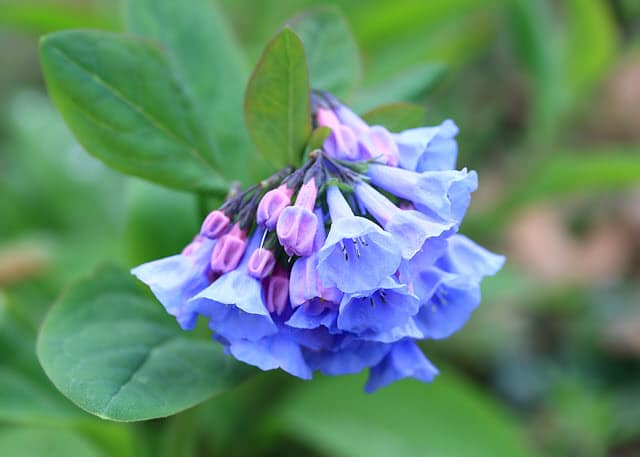
Despite its name, this flower is available in a variety of colors, including not just blue but also pink and purple.
Virginia Bluebells tend to look best when they’re together with their own kind. If you want to add Virginia Bluebells to your garden, it’s best to plant significant numbers of the plant together.
This plant is quite sensitive to the sun. If you’re going to put them in full sun, you should probably give them more water.
The regions where Virginia bluebells do best are between USDA zones 3 through 8.
Virginia bluebells have a sweet smell that deer strongly dislike. They also contain sap that deer want to avoid.
Verbena
Verbena is a deer-resistant plant that can deal with high heat over long periods. There are different varieties of verbena with their own flower colors available.
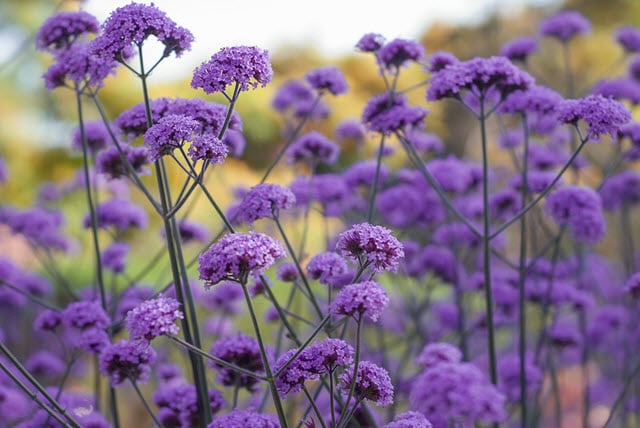
For example, you can find peach, pink, purple, red, and white verbena varieties. One of this plant’s strengths is how long they bloom.
Verbena’s blooming season lasts from spring until the first frost. Just make sure you trim the plant back in the mid-summer at least once.
Verbena can thrive in a variety of soils. It’s just important to ensure it’s well-drained. If you have a drought in your area, you won’t have to worry much about established verbena.
The USDA hardiness zones where verbena does best are zones 9 through 11.
Black-Eyed Susans
If you like daisies, you’ll certainly appreciate the simple beauty of black-eyed susans. These deer-resistant flowers bloom in the late summer and last into the fall.

Black-eyed susans are shades of gold. The centers are always dark brown. These are tall flowers that make a statement in your garden.
They can get as tall as two feet. If you get hot summers, black-eyed susans can handle them. These flowers can withstand drought, too.
It’s the hairy texture of black-eyed susans that makes deer avoid them. If you’re going to add these flowers to your garden, make sure they get full sun.
Do you live in USDA zones 3 through 9? You should do well with black-eyed susans in your garden.
Peonies
In many cases, you’ll find peonies in your garden won’t be eaten by local deer. After all, they have a strong, sweet smell, and deer don’t like that.
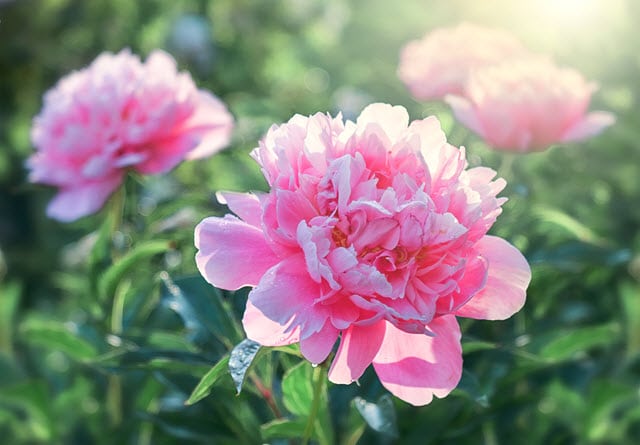
This flower, though, is a little more susceptible if the deer in your area are extremely hungry. If you’re worried about that, plant your peonies with lavender.
Deer are much less likely to approach that combination. One of the advantages of peonies is their beauty and color.
You can find peony varieties in gorgeous shades of yellow, pink, white, red, and purple. You can successfully grow peonies outdoors in USDA hardiness zones 3 through 8.
Irises
The bearded iris is the type of iris most homeowners grow to help keep deer away. Make sure you choose a variety that is heavily fragranced, though. It’s the strong fragrance that makes this flower unpalatable to deer.
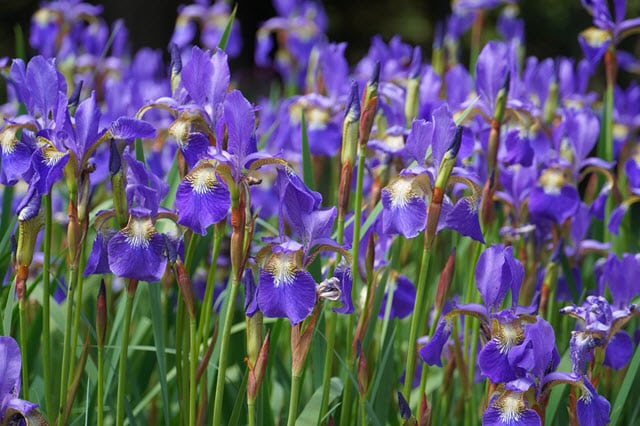
There are several colors available in bearded irises, including yellow, blue, white, red, orange, purple, pink, and multicolor. You can grow these flowers in USDA hardiness zones 3 through 9.
Bearded irises grow tall, ranging from two to three feet when mature. If you want these flowers to thrive, plant them in well-drained soil.
How to Protect Flowers Vulnerable to Deer
Now you know the flowers that deer don’t eat. But what if you have your heart set on tulips, roses, or other flowers that deer enjoy making into a meal?
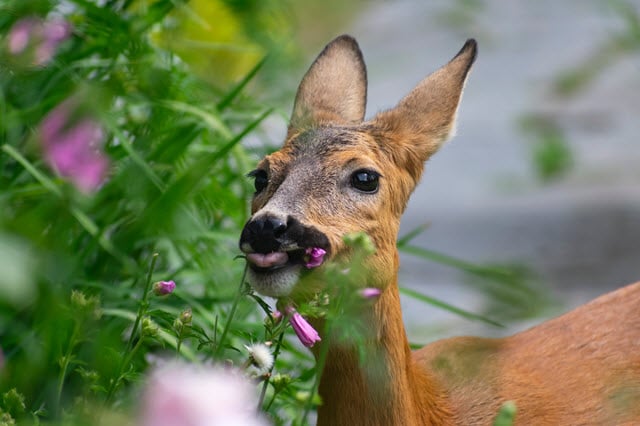
Fortunately, there are steps you can take to protect your garden. Let’s discuss them here. Use one or more of these techniques
Plants that Repel Deer
A popular way of keeping deer away from the garden is to add plants that repel them, including the flowers we listed above.
So for example, if you have a flower that attracts deer, try to surround it with plants that will repel them.
Use a Deer Repellent Spray
Look for one of the deer repellent sprays currently on the market. These sprays are formulated to have an odor and/or taste that deer detest, and they will help stop deer from demolishing your plants.
If you live in an area with many deer, you may want to re-apply this spray on a weekly basis.
Stay Close
Positioning your flowers close to your house will usually make deer more hesitant to approach. This is especially true if there is a lot of activity in your space.
If you have potted flowers you want to save from being devoured by deer, put them in an elevated area. For example, put them on the deck or just the patio.
Deer will find them more difficult to reach, and they probably won’t bother. Deer instinctively avoid putting themselves in precarious situations.
Pieces of Soap
It sounds a bit odd, but sprinkling tiny pieces of soap around your garden may keep deer away. The best soaps for this purpose are Irish Spring and Ivory.
Just chop up a couple of bars of soap and distribute them around the flowers you want deer to stay away from.
Netting or Horticultural Fabric
Most gardeners don’t use this idea because of how it looks. After all, most people don’t like the look of netting or horticultural fabric on a beautiful flowering plant.
But if you want to use this, you can. As long as you use it correctly, this should be effective at stopping deer from eating your plants.
Fencing
Of course, fencing is a great way to keep deer out of your flowerbeds. However, this tends to be an expensive option.
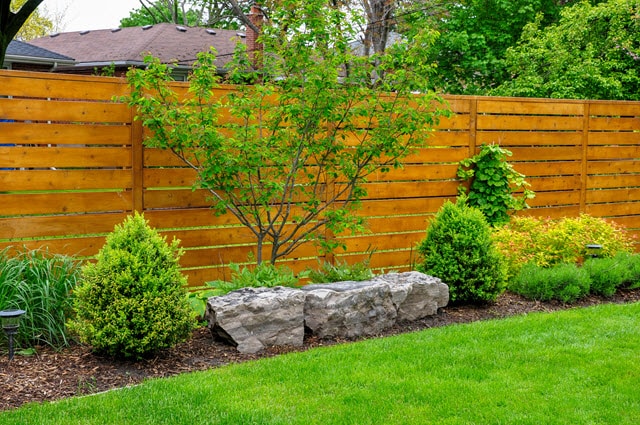
You will also have to remember that deer are high jumpers, and plan accordingly. If you just have a small flower bed space, this will work in your favor.
That is because deer avoid being trapped in small spaces. Even if they leap over the fence, they will probably jump right out again.
Final Thoughts: What Flowers Do Deer Not Eat?
There are three main reasons deer avoid certain flowers and plants. These include:
- The flower has a strong and/or sweet fragrance.
- The flower is toxic to deer.
- The plant has leaves with a hairy texture that deer don’t like.
As we’ve seen here, there are many flowers that deer don’t eat. Think about including some of these in your flowerbeds if you have deer as pests in your area.

